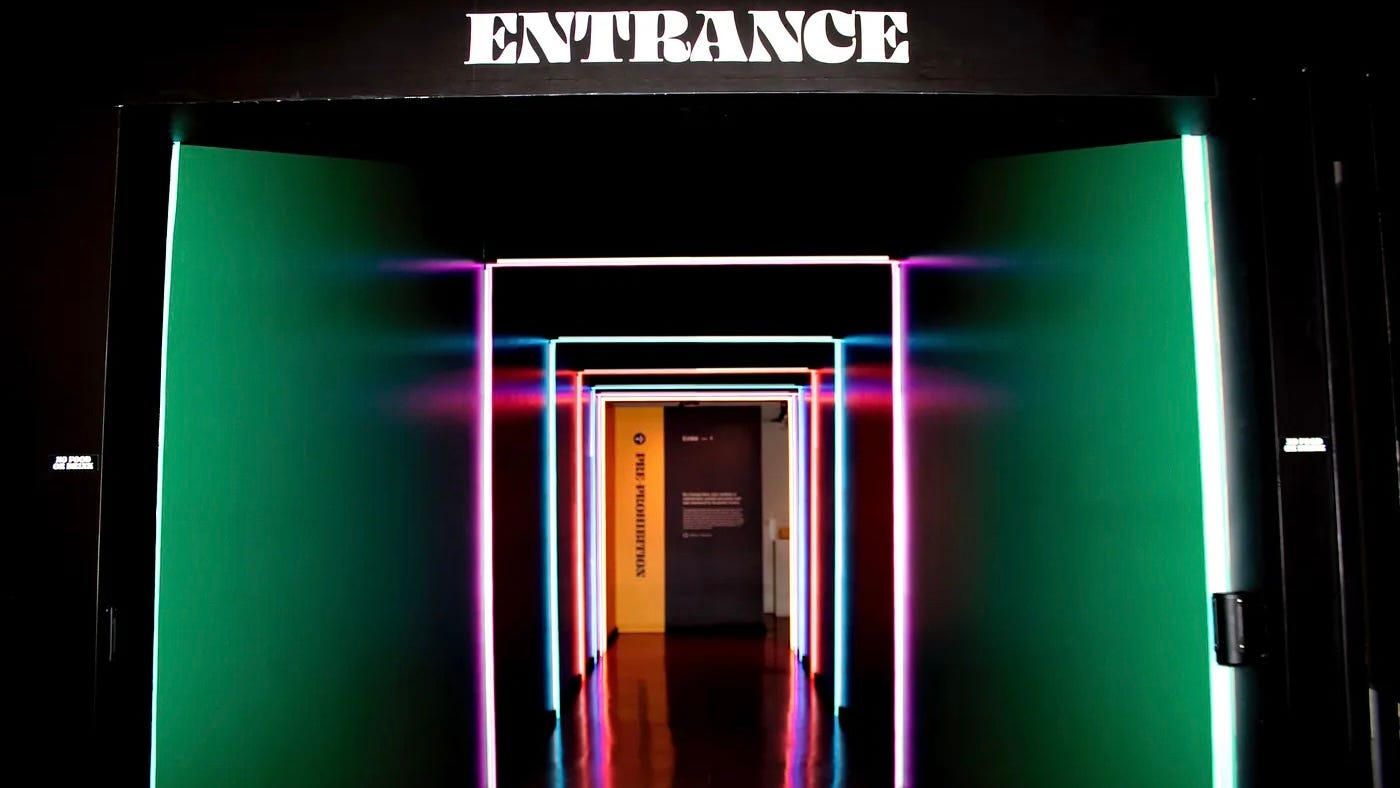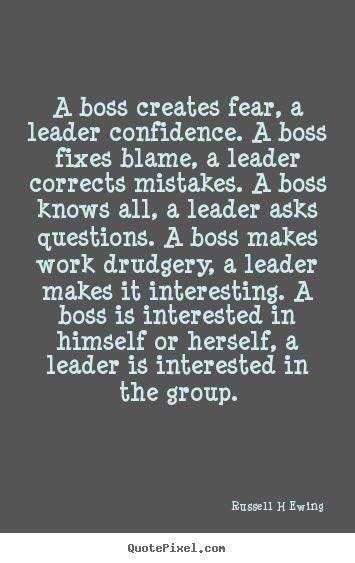The Age of Experience Is Emerging
So emergent … emerges?
… not quite, because an ‘age’ doesn’t just ‘show up’, rather, it emerges and grows ‘in the gaps between the boxes’. In context and in real-time. It’s not designed. It’s noticed. It’s responded to. To paraphrase Arthur Marwick;
‘The ‘60s started in 1958, and ended in 1974.
Good grief, if we can’t even agree on when a ‘decade’ starts and ends - there is surely no hope for dating an ‘era’! If you wish to read one piece on that topic, follow the link.
With apologies to Messrs Cleese and Chapman ..
The Age of Reason is no more! It has ceased to be! It's expired and gone to meet its maker! It's a late era, sir - a stiff! Bereft of life, it rests in peace! If you hadn't kept propping it up with artificial frameworks, it'd be pushing up the daisies! It's shuffled off its mortal metrics, run down the curtain, and joined the choir invisible. This… is an ex-era. And what you're clinging to isn't strategy - it's taxidermy.
[Actually, it’s not quite as bad as my parody suggests. I said ‘over’ - not 'dead’. There is a difference .. keep your eyes open for ‘part three’.]
So (now) what?
Welcome to the Age of Experience
Messier. More alive. Harder to pin down. Plans age in weeks. Teams move fast but struggle to move together with the result that;
Brilliant people are stuck in rigid systems.
Tired leaders are doing all the right things and then watching the wrong patterns repeat.
The problem isn’t effort. It’s mismatch.
We’re trying to play jazz from a marching band manual and if we know anything, it is that the ‘score’ is just one part of the performance. The end result is also impacted by the arranger, the performer, the audience, the interpretation, the understanding … I could go on, but anyone who has listened to even a good cover of their favorite piece of music knows what I am talking about.
If the Age of Reason was fixed tempo and perfect chords, then the Age of Experience is syncopated, unpredictable, improvisational. Coltrane, Mozart, Debussy… take your pick ...
“Music is the space between the notes."
And so it is with work. It happens between people, not inside the boxes someone drew in a ‘PowerPoint’. Work works despite the charts, the plans and the documentation.
You feel it when it’s working. The groove. The flow.
And you definitely feel it when it’s not.
Just one example that we can all relate to, let’s talk about ‘that’ document …
The Org’ Chart
Org charts are a fiction we cling to because they offer the comfort of imagined order (sanity in an insane world?). A made-up map of how things look, not how things work. Yet buried in all that pretense is their one honest function: to show who manages whom, and where people officially sit. It defines the pecking order. And, people have been trained to crave that structure. To measure worth by proximity to the top and how many lines dangle beneath their name.
Cynical? Maybe. But am I wrong? When was the last time your org chart helped you actually ‘GSD’? Because when it comes to the work people could do, these charts fall flat. They freeze living systems into tidy diagrams, pretending influence flows neatly from boss to subordinate. But power resides in odd corners, trust zigs sideways, and outcomes zag toward energy. ‘Titles’ need not apply.
And then it gets worse. Org charts ignore the shadow systems, the informal networks where work happens. They reward visibility over value, control over collaboration, and offer managers the false comfort that structure equals strategy. We know it doesn’t. We’ve known for decades. Peter Drucker …
“Management is doing things right; leadership is doing the right things.”
That insight once meant something. But over time, it has been watered down. What started as a serious call to rethink management and leadership has turned into a parade of pithy aphorisms and motivational posters. The question of who really leads never landed because it wasn’t built into the system.
It’s no coincidence that in the last 25 years we have seen an increasing push to recognise and surface our leaders, in all walks of life. We have come to understand that leaders aren’t just the ones with titles. But in command-and-control structures, they’re still miscast. Leaders have become the human equivalent of water coolers. Everyone knows they’re there. That they are important. No one’s quite sure where they fit in - let alone ‘how’.
And why no coincidence? The shift from the ‘Age of Reason’ to the ‘Age of Experience’ isn’t overnight. The pieces have been moving for a while, it’s just that only now are we getting a picture and understanding of what that looks like. Leadership was a ‘first mover’. The ‘Age of Reason’ also had 'The Water Cooler'. There was something mystical ‘over there’. But just like ‘leadership’, organisations never quite understood what it was. They will.
In Summary .. the music of work flows between the boxes - in the quick chats, quiet nudges, improvised decisions, invisible leadership.
And when work breaks?
It’s not because people don’t care - it’s because the system wasn’t built for how people actually play.
That’s why I use ‘The Business Equation’.
They might not know it - but every organisation is already running on The Business Equation. And let’s be clear, it is not a rigid template. It’s a fluid framework that flexes, evolves AND gets broken and rebuilt. Constantly.
At its heart;
core resources - people, money, and ‘things’ - transformed through the
interplay of ‘process’ and ‘technology’
guided by human intent and action
into something others recognise as value - whatever form that may take.
If you think about it, that describes the core of any business. The unique aspects emerge because the nodes and connectors are;
never still
nor evenly weighted
rarely in sync
seldom aligned
Each humming to its own frequency, waiting to be tuned. And with no conductor, how do you do that, let alone maintain a rhythm? It becomes chaos. Familiar chaos - but chaos all the same.
Enter ‘stage left’ - Structured Thought.
What Structured Thought Is Not
A ‘rewrite’. It doesn’t impose a new composition, apply fresh rules, or drop in the 'method du jour' from your friendly 'neighbourhood' consultant (despite 'that one' being very effective at [X]… want to read the case study?)
Rather it listens to what’s already playing, and helps bring it into tune.
It takes that raw, human, improvisational energy already in motion and shapes it into a coherent flow that actually drives your business forward.
Because most of the time, it’s not the players that are the problem. Maybe the score is off, or maybe their role in the game doesn’t suit their strengths. Maybe the rules changed and no one told them. Or maybe - just maybe - they’re performing exactly as the system was designed to let them. And I do mean ‘let’.
The ‘Sound of Structured Thought’ is the 'Sound of Silence'.
Not a new methodology
Not a box-ticking exercise
Not a rigid tempo forced from ‘those at the top’, or worse - 'the consultants'.
It’s a practice. A way to bring coherence to complexity. To align your business not to a plan, but to its pulse.
And it is absolutely not about starting over. It’s about tuning what’s already there.
Thought without Structure? Noise.
Thought with Structure? Music.
So if you’re leading a group of brilliant players, but the tune’s not landing ...
OR
If every offsite, every 'OKR sprint', every new plan … ends up sounding like the last. If you can't recall whatever the latest TLA is - you know like 'OKR' ...
Don’t worry ... you’re not alone.
And if you have read this and are muttering under your breath ..
“We’ve tried everything. Why are we still stuck?”
Maybe it’s time to do something different and stop the blame.
If you want to talk more - I certainly do.
Let's set up some time to explore how Structured Thought can be used to help your business transition into the ‘Age of Experience’.





From A Reader On Another Platform:
> “When was the last time your org chart helped you actually ‘GSD’?”
We don’t have one where I work, and its absence has caused confusion and distrust amongst everyone, and, I believe, contributed to a bottleneck at the very top in decision making. All very frustrating. While I generally agree with your sentiments, an org chart for us would give some transparency and openness about who is doing what, where, when, why and who with, and potentially allow others to support and make decisions. We could get a lot more stuff done then!
Embrace Fluidity Over Rigidity - the future belongs to those who can adapt, improvise and thrive in uncertainty.